How Broward County Has Transformed From A Tourism Draw To A Tech Magnet
It is one of Bob Swindell’s favorite questions: Where was the first smartphone created?
“The first smartphone wasn’t born out of a garage in Cupertino,” said Swindell, who is the CEO of the Greater Fort Lauderdale Alliance, Broward County’s economic development arm.
Silicon Valley can’t have it all.
It was actually created in IBM, BellSouth and Motorola’s Broward and Palm Beach labs in the early 1990s. The first IBM personal computer was also born in South Florida.
Broward County has not historically been associated with technological innovation, instead focusing most of its messaging on its tourism assets and bustling hospitality sector. But in recent years, Swindell has been working to change the narrative in an effort to diversify Broward County and make it the kind of destination that can continue to attract the visionaries who developed the smartphone — as well as tourists looking for a sunny beach vacation.
Since Swindell grew up in Oakland Park, the county’s job outlook has changed considerably, he said.
“When I came back from the University of Florida, a lot of my friends from high school didn’t come back,” Swindell said. “When they would get home for Christmas break or other holidays, we’d catch up and I’d ask, ‘Why aren’t you back here?’ The perception at the time was there were no opportunities here, it really is only hospitality.”
Swindell, a small business owner who was the president of industrial supply company Champion Manufacturing for 18 years, sold the company to his business partner and made it his mission to change Broward’s offerings when he became CEO at the Alliance in 2009. The Alliance is a public/private partnership focused on creating a more diverse economy in Broward and adding high skilled jobs.
In 2016 alone, the Alliance facilitated 20 company relocations and expansions, leading to 2,646 new jobs. During Swindell’s tenure, the Alliance has helped create or retain 25,000 direct jobs. The county is now home to virtual reality startup Magic Leap, e-commerce pet supply company Chewy.com and tech heavyweights Citrix and Microsoft Latin America.
In April, Fort Lauderdale ranked first (tied with Dallas) as the metropolitan region with the highest year-over-year job growth in the nation, according to the U.S. Bureau of Labor Statistics.
But Swindell still feels that Broward has fallen short when it comes to telling its story, the one of a diverse economy that once was a central part of the technological revolution. On the Alliance’s recent trip to Austin, Texas, to learn of its tech culture, Swindell realized just how much Broward fell short in communicating its message.
“One of the takeaways from the trip to Austin is Texans like to boast. They are very proud of their state and they’ll talk about anything, they’ll make 10 days of drought sound like a good thing,” Swindell said. “We don’t have that. Floridians are more reserved in that, they are not as forward in their talks about what’s good about our community and I think we need to change that.”
In an interview with the Herald, Swindell reflected on his years with the Alliance, the road ahead to grow the tech community and curb brain drain in South Florida, and, of course, telling Broward’s story.
Miami Herald: Compare Broward now from eight years ago when you took the helm. What have been your biggest accomplishments in terms of developing the business community?
Bob Swindell: When I became CEO of the Greater Fort Lauderdale Alliance in 2009, in the midst of the Great Recession, our goal was to help pull the region out of the economic downturn by creating, expanding, attracting and retaining high-wage jobs and capital investment across 31 independent municipalities. This was a daunting task, as the region’s unemployment rate reached more than 10.2 percent with more than 100,000 residents out of work. By leading a focused, organized effort to grow and diversify Broward’s economy, our community was not only able to fully rebound from the recession, but thrive as a mature economic engine. Today, Broward County has one of the lowest employment rates in the state at 3.8 percent and year-over-year private sector job growth of 28,900.
Eight years ago, Fort Lauderdale was a far more seasonal town with an economy that was largely driven by construction and tourism. Visitors would come and go while few thought of the city as a year-round destination. One of my main goals when I signed on with the Alliance was to lead a focused effort to expand Broward’s economy beyond tourism and strengthen and tell the story of and promote a more sustainable ‘cluster economy’ comprised of key growth industries such as technology, aviation, life sciences, marine and, of course, corporate relocations (a major initiative for us). Over the past eight years alone, the Alliance and its partners have helped create or retain more than 25,000 direct jobs which have yielded $2.1 billion in annual personal income and almost $11 billion in yearly economic impact.
In 2009, longtime Alliance champion and then-Nova Southeastern University President Ray Ferrero Jr. rounded up his peers, the top business leaders in Broward County ranging from AutoNation’s Mike Jackson to Wayne Huizenga, to Rick Case to Jordan Zimmerman and others, to form the Alliance’s CEO Council. By working directly with our greatest business minds, we were able to strategize how to best market the county as a business destination to a national audience.
The success of the CEO Council showed us that the more opportunities our business community has to collaborate, the greater our ability to move our economy forward in a purposeful unified direction.
Miami Herald: What business connections does Broward still need to develop, and what are the region’s current economic drivers?
Bob Swindell: While Broward was once known for its lure among spring breakers and beach vacationers, it is today more likely to draw business moguls and startup entrepreneurs who are attracted to the region’s warm weather, zero income tax and relative affordability compared to northeastern states. Arguably one of the most dynamic industries taking shape in the region is technology driven by local innovation.
Similar to Miami, Broward has become a breeding ground for startups and entrepreneurship. For example, the e-commerce pet supply company, Chewy.com, was recently acquired by PetSmart for a reported $3 billion. Broward is also home to Magic Leap, the virtual reality startup valued at over $4.5 billion, and JetSmarter, the fast-growing private jet company, which recently secured more than $100 million in funding. But while these standouts are capturing funding, we need to create a more robust ecosystem of venture capital to support all of the big ideas coming out of this region. As our tech cluster continues to mature and grow, the hope is that a VC infrastructure will inevitably follow suit, but the Alliance’s goal is to help make this happen sooner rather than later.
Life sciences, specifically pharma and medical devices are also major economic drivers for the region, with more than 1,500 South Florida bioscience institutions employing more than 26,000 people and generating $4 billion in revenue each year. The marine sector is also growing, yielding $8.8 billion in yearly economic impact and supporting 110,000 jobs. Aviation and aerospace is a multi-billion dollar industry that continues to see growth.
Broward is a hub for both U.S. and Latin America corporate headquarters, with more than 200 headquarters based here, including AutoNation, JM Family Enterprises, Ecolab, Ultimate Software, Citrix, Wendy’s and Microsoft’s Latin America headquarters. This area is growing, but we still have work to do to expand our international market, which is a segment that we are actively working to grow and that Miami has done well to capture. We already have a robust travel and cargo infrastructure, as well as a centralized location and diverse workforce, all of which is an appealing draw for international and multinational companies.
Miami Herald: Broward is home to several major tech companies and Miami-Dade has also been working to develop its tech community. What has made Broward so attractive to companies like Microsoft and Citrix, and what suggestions do you have for Miami to do the same?
Bob Swindell: Broward County has a long and rich history in innovation. Fort Lauderdale has become a haven for tech companies ranging from established heavyweights like Citrix and Ultimate Software to startup sweethearts such as JetSmarter and Magic Leap. With over-saturation pushing many tech firms out of larger markets, we have seen an influx of tech companies and entrepreneurs relocating to Broward.
Miami has also been doing a great job in terms of leading the charge in introducing South Florida to a national tech audience. eMerge Americas especially is a major game changer for the region. What Miami and Broward should be doing now is leveraging each other’s strengths to raise awareness for the South Florida tech scene as a whole rather than operating within silos. By making tech recruitment a regional effort, all three counties will benefit, since as they say, a rising tide lifts all ships.
Miami Herald: How is Broward working to curb the brain drain — a major issue in Miami-Dade as well?
Bob Swindell: The best way to fight brain drain is to give people a reason to stay in the first place, and a way to make their mark in our community. That is why we have focused our efforts on creating a ‘brain trust’ among the region’s students, academic institutions, young professional groups and businesses.
For example, the Marine Research Hub, which is a partnership between the region’s four major universities, is inventorying hundreds of cutting-edge research projects from reef restoration and biomedicine, to fisheries and ecosystems. Technology companies such as Ultimate Software work closely with local universities to recruit interns and young, up-and-coming tech talent. Another renowned headquarters, JM Family Enterprises Inc. consistently recruits several interns each year.
Miami Herald: What do you see as the biggest challenges to economic development facing South Florida in recent years?
Bob Swindell: Arguably our biggest successes are also what form our biggest challenges, as the more our region continues to grow, the more we need to address the growing pains that come with it. This means improving our public transit infrastructure so that people can get around without relying on their cars. People in South Florida love their cars, but building more highways and roadways is simply not a sustainable solution. The introduction of Brightline this year is a major step forward, but we need to do more to improve accessibility and mobility throughout the tri-county area.
Affordability is also a major concern, since as our region becomes more popular, cost of living will naturally continue to rise. We need to attract and retain more high-paying jobs to keep pace with this inflation. Additionally, we are constrained by the realities of our geography. Sandwiched between the Atlantic Ocean and the Everglades, undeveloped land is scarce. Through infill development and redevelopment, we are overcoming this challenge, but we have to continue to be creative in how — and where — we build.
Source: Miami Herald



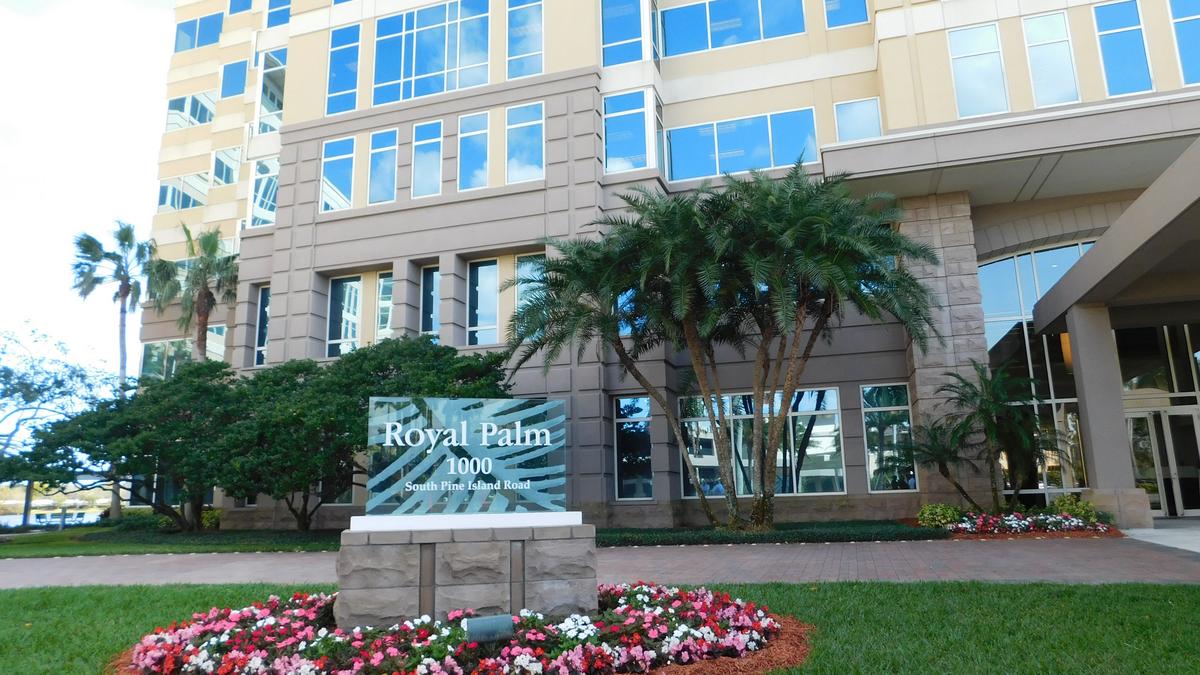


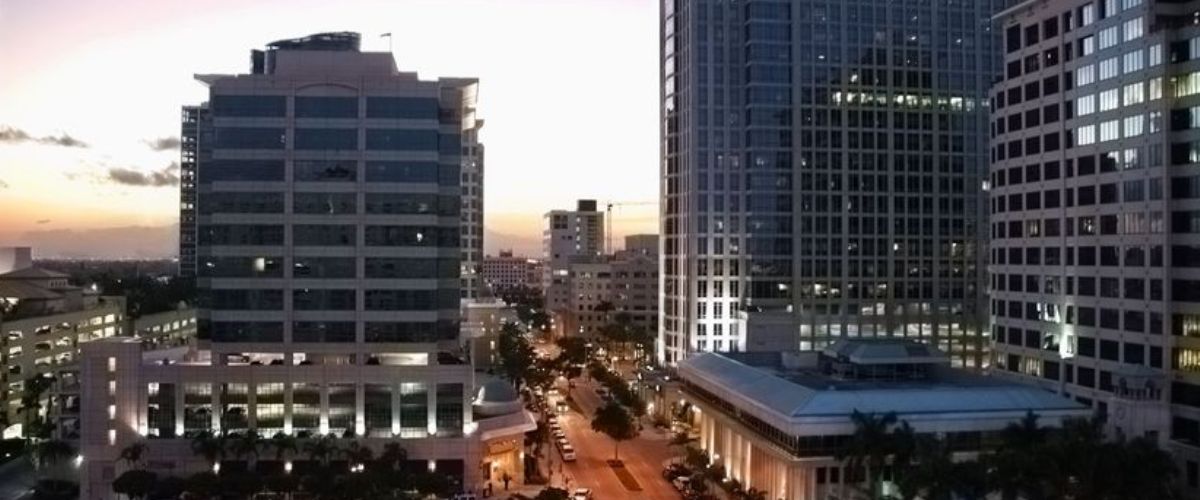

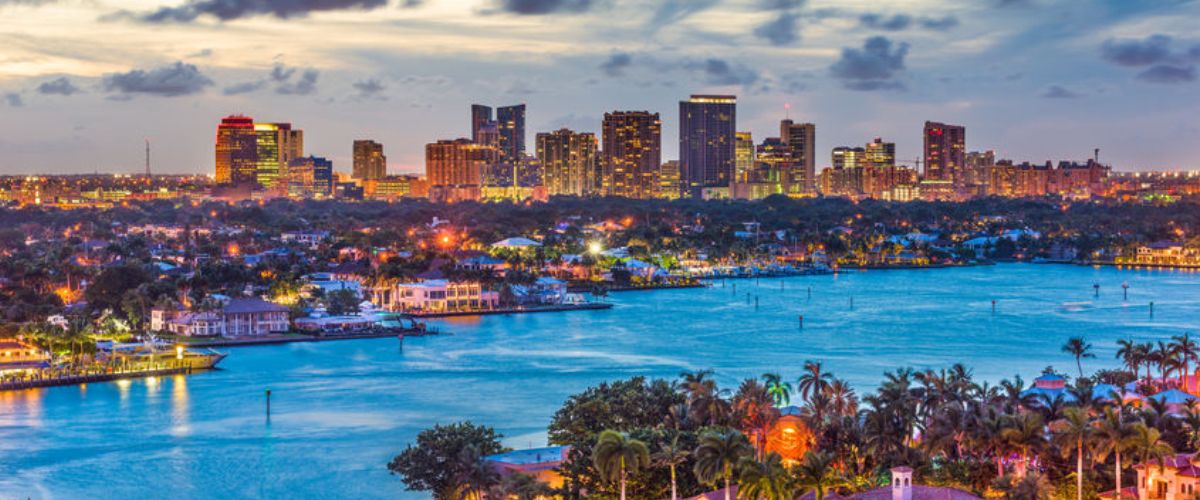
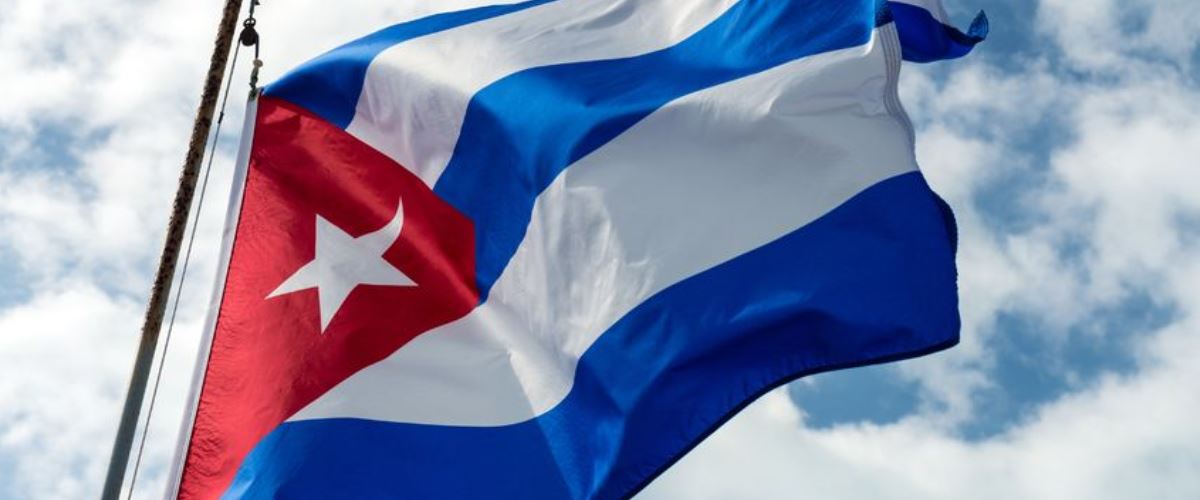

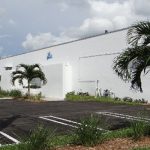
Leave a Reply
Want to join the discussion?Feel free to contribute!